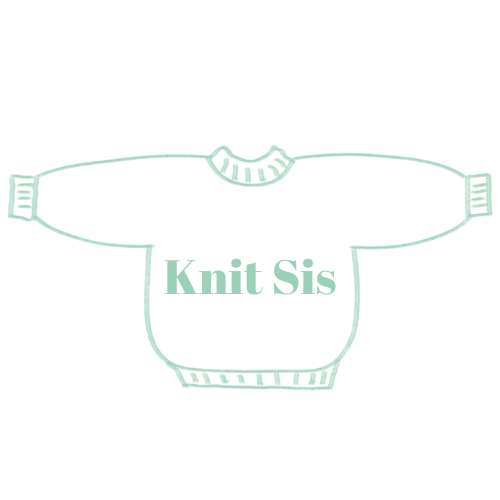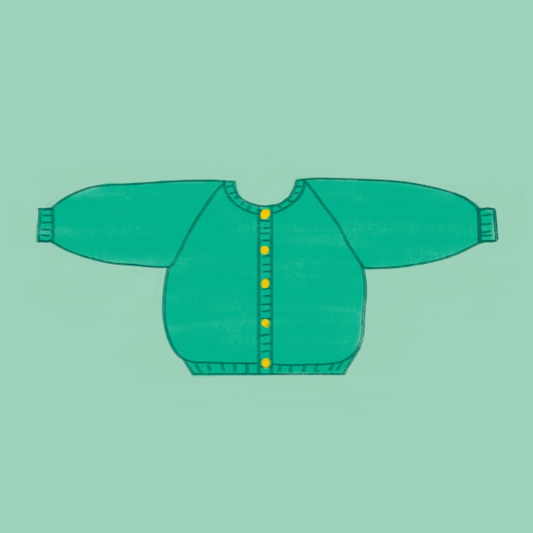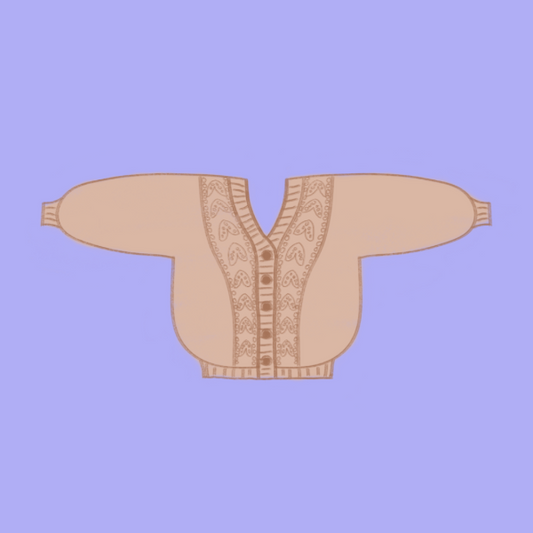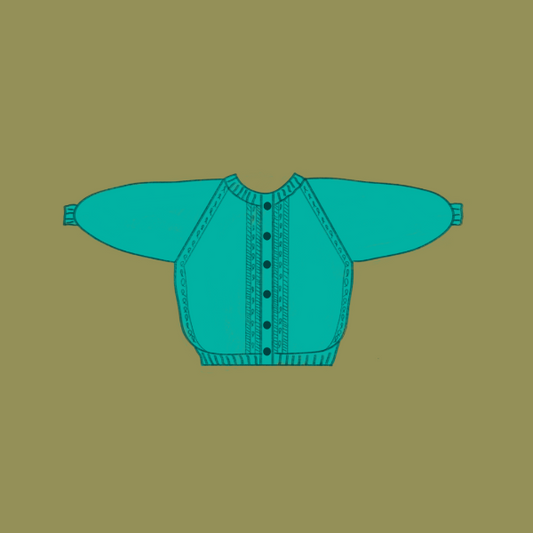Elastic Bind-Off: The Ultimate Guide to Stretchy, Perfect Knitting Edges
Knit SisShare
Have you ever finished knitting a sweater, only to find that the neckline or cuffs feel too tight? That’s where the elastic bind-off comes to the rescue! This technique ensures stretchy, flexible edges that not only look professional but also feel comfortable to wear. Whether you’re knitting socks, baby clothes, or garments with ribbing, mastering this method will elevate your projects. Let’s dive into everything you need to know about the elastic bind-off.
Why Use an Elastic Bind-Off?
💚 Stretchy, Comfortable Edges
The elastic bind-off creates edges with the perfect amount of give, making it ideal for cuffs, necklines, and hems that need to stretch without losing their shape.
🔥 Professional Finishes
Unlike a standard bind-off, which can sometimes leave your edges stiff or puckered, the elastic bind-off gives a polished, flexible finish that’s especially suited to ribbing and fitted designs.
🌟 Versatile for All Projects
From chunky sweaters to delicate lace shawls, this bind-off technique works beautifully with any yarn weight or project type.
When to Use the Elastic Bind-Off
- For Ribbing: Whether it’s 1x1 or 2x2 ribbing, this bind-off complements stretchy textures perfectly.
- For Necklines and Armholes: Projects like the "Mondrian Sweater" benefit greatly from this method, as it ensures comfort and flexibility.
- For Socks and Baby Clothes: Items that need to stretch over ankles, wrists, or heads require a bind-off that can accommodate movement without snapping.
How to Do an Elastic Bind-Off (Step-by-Step Guide)
Method 1: Jeny’s Surprisingly Stretchy Bind-Off
This popular technique was developed by Jeny Staiman and is ideal for ribbing. Here’s how to do it:
- Set-Up: Start with your project on the needles and work one round of ribbing (if applicable).
- Yarn Overs: For a knit stitch, yarn over by bringing the yarn forward, then knit the stitch as usual. For a purl stitch, yarn over by wrapping the yarn over the needle, then purl as usual.
- Bind Off: Pass the previous stitch (including the yarn over) over the new stitch. Repeat until all stitches are bound off.
Method 2: Basic Elastic Bind-Off
This simplified method works well for beginners:
- Knit the first two stitches as usual.
- Insert the left-hand needle into the front of both stitches and knit them together through the back loop.
- Repeat until you’ve bound off all stitches.
Method 3: Stretchy Lace Bind-Off
Perfect for projects like shawls, this technique creates a slightly looser but still stretchy edge:
- Work in pattern (knit or purl) for two stitches.
- Yarn over, then pass the first stitch and the yarn over over the second stitch.
- Repeat the process, maintaining your pattern.
Pro Tips for Success
- Practice Tension: Avoid pulling the yarn too tightly as you work the bind-off, as this can negate the elasticity.
- Choose the Right Needles: Use a needle one size larger than the one you’re using for the project to ensure the bind-off stays loose.
- Test It Out: Before committing to a project, practice the technique on a swatch to ensure it suits your yarn and stitch pattern.
FAQ About the Elastic Bind-Off
What’s the difference between an elastic bind-off and a regular bind-off?
An elastic bind-off is designed to stretch and move with the fabric, while a regular bind-off often creates a firmer edge that might not stretch as much. This makes the elastic version better suited for ribbing and garments that need flexibility.
Can I use an elastic bind-off for every project?
While it’s versatile, you might not need it for projects where a tight, firm edge is preferred, like certain decorative lace patterns.
Add Elastic Bind-Off to Your Next Project
If you’re ready to try out the elastic bind-off, why not put it to the test with one of our Knit-Sis patterns? The "Chou Cardigan" or "Elmer Sweater" are perfect for practicing this technique on ribbed edges. Check out our full collection for more inspiration!
Mastering the elastic bind-off is a game-changer for any knitter. By adding this technique to your repertoire, you’ll ensure your projects are not only beautiful but also functional and long-lasting. Happy knitting!








